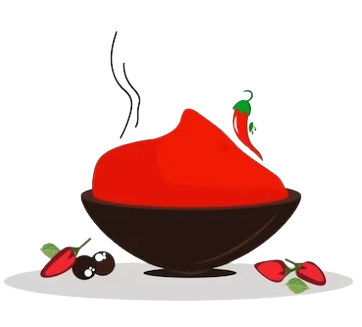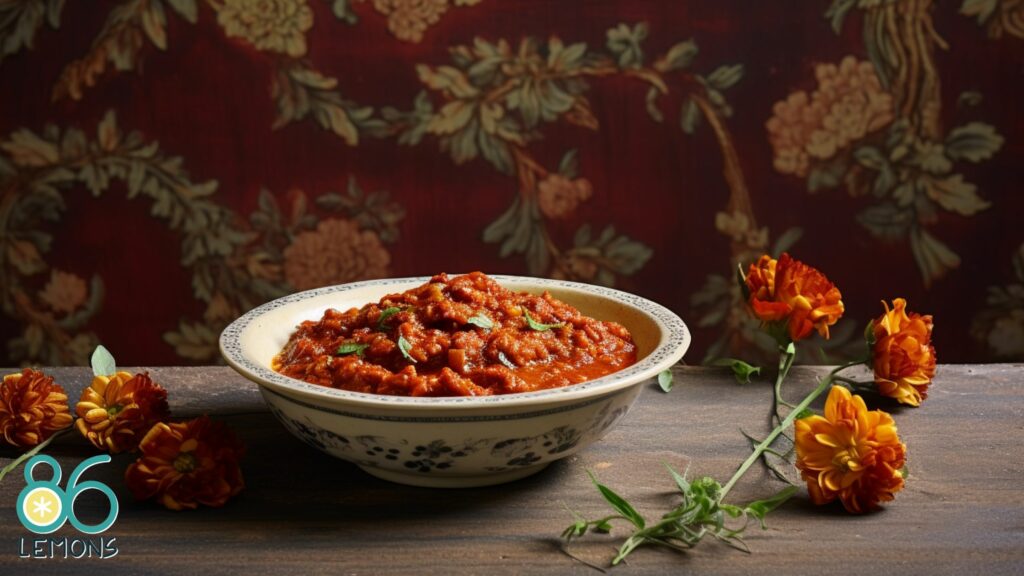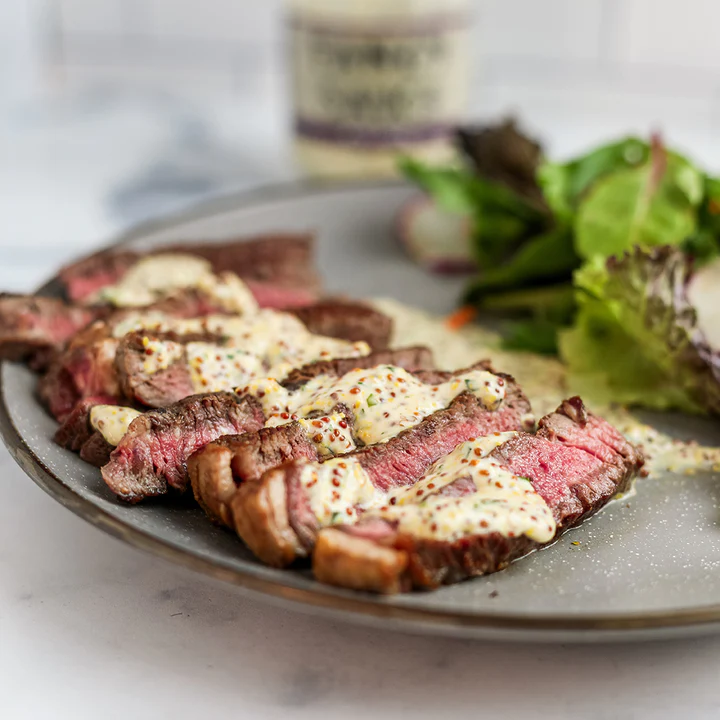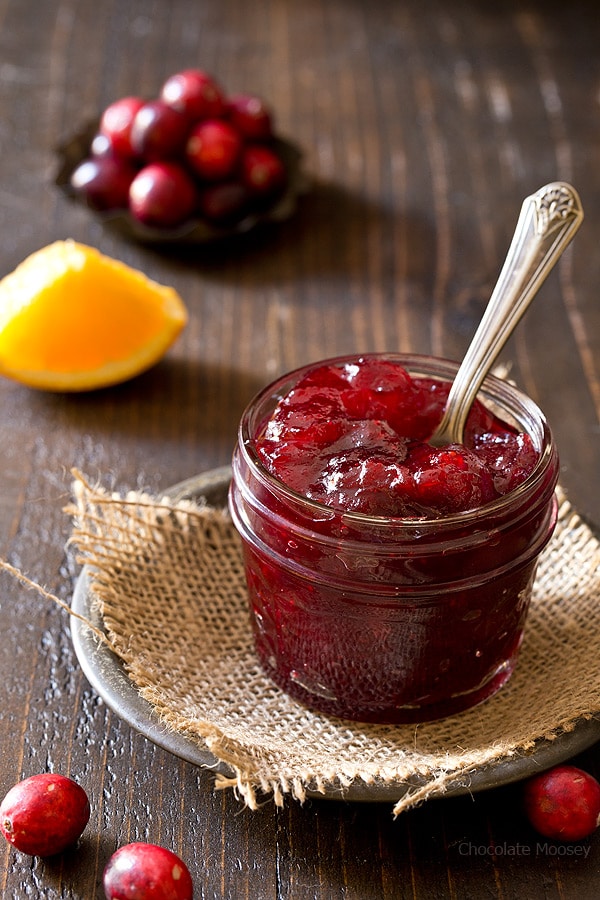Veggie Pasta Sauce Recipe: A Simple Guide
Making a tasty and nutritious vegetable spaghetti sauce is a fun way to increase your consumption of vegetables while enjoying the cozy embrace of a home-cooked meal. Whether you’re an expert in plant-based cooking or just trying to get more vegetables in your diet, a homemade sauce offers taste customization and nutritional benefit.
Embarking on making your veggie pasta sauce involves selecting fresh, high-quality produce to create a foundation of rich and natural flavors. Beyond the classic tomato base and sundried tomatoes, incorporating various vegetables such as spinach, carrots, and bell peppers can enrich the sauce with vitamins and minerals.
Adding aromatic herbs and spices allows for a customized flavor profile, making your veggie pasta sauce not just a smart choice for your health but a feast for your palate as well.
Key Takeaways
- Veggie pasta sauce enriches meals with essential nutrients in a flavorful way.
- Personalize your sauce with a variety of plant-based ingredients for a unique twist.
- The sauce can be stored for future use, ensuring a quick, healthy option is always on hand.
Choosing the Right Ingredients
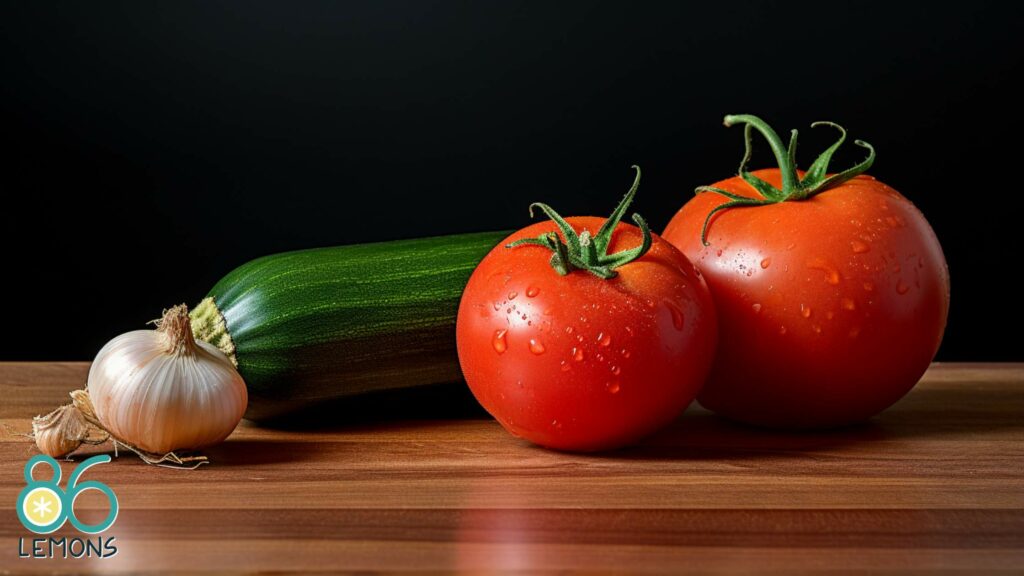
Making a top-notch veggie pasta sauce starts with selecting quality ingredients that contain flavor, nutrients, and texture. Each choice you make can transform your sauce from good to great.
Selecting Fresh Vegetables
For the heart of your sauce, go for a colorful mix of vegetables like tomatoes, zucchini, onions, spinach, bell pepper, and carrots. These are not just about vibrant colors; they’re rich in fiber. If you’re after a chunkier texture, chop them coarsely; for a smoother sauce, you’ll blend them later.
Proteins and Alternatives
Incorporating proteins like chickpeas can add a nutritional punch and pleasing texture to your sauce. If you’re craving a meaty element without the meat, try mushrooms—they’re great at mimicking that savory profile.
Herbs and Seasonings
Herbs and seasonings are the magic makers. Use fresh basil and dried oregano to bring out that classic Italian flavor. Don’t forget a good pinch of sea salt and black pepper to season; they’re essential. For an extra kick, toss in some red pepper flakes.
Sauce Bases and Enhancers
The base of your sauce might be a robust tomato sauce or crushed canned tomatoes. Enhancers like a splash of red wine, a bit of sugar to cut the acidity or a swirl of a good olive oil brand for richness are all fair game.
Special Dietary Considerations
Whether you’re vegan, dairy-free, or gluten-free, you can tailor your veggie pasta sauce to suit your needs. Use plant-based cream alternatives for richness without dairy, and identify hidden veggies for added nutrition without altering texture too much.
Pasta Choices
Your sauce deserves the perfect pasta. Choose from traditional spaghetti, lasagna noodles, or zucchini noodles for a gluten-free twist. A pasta bake can be a delightful way to enjoy your veggie-loaded sauce if you’re after something different.
Preparation Essentials
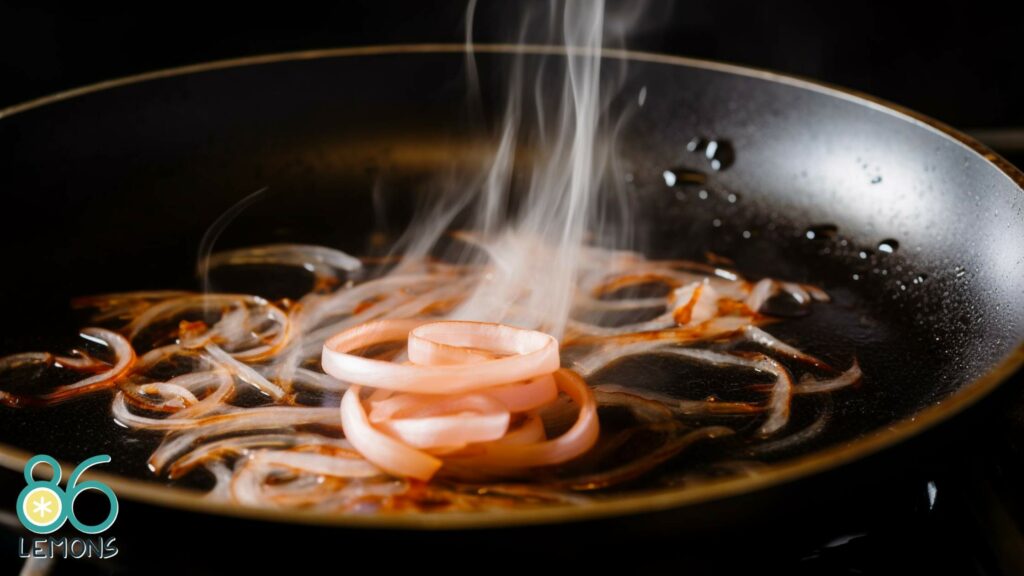
Before whipping up your veggie pasta sauce, ensure you have the essentials. Getting your cookware and technique right can make a world of difference to the taste and texture of your sauce.
Required Cookware
To create a delicious veggie pasta sauce, here’s what you’ll need:
- Stovetop: A reliable heat source.
- Pot: A large pot for boiling pasta.
- Saucepan/Dutch oven: Choose a heavy-bottomed saucepan or a Dutch oven for even cooking.
- Spoons: Wooden spoons are great to stir and prevent sticking.
- Blender: An immersion or regular blender to blend your sauce to the desired consistency. You can also get an onion chopper if you prefer having less clutter while cooking.
Key Cooking Techniques
Each step in cooking your sauce is crucial:
- Chop: Vegetables should be finely diced to help them roast and blend smoothly.
- Roast: If you want a richer flavor, consider roasting veggies first.
- Stir: Regular stirring prevents burning and encourages even cooking.
- Blend: Use a blender to puree the sauce. An immersion blender works right in the pot; otherwise, transfer to a regular blender.
- Season: Don’t forget to add your favorite herbs and spices.
Cooking the Pasta
Getting your pasta perfect is a must:
- Boil: Fill your pot with water and bring to a boil.
- Season: Add a pinch of salt to the water.
- Cook: Add pasta and cook until al dente (usually check after about 8 minutes, depending on the pasta).
- Drain: Once cooked, drain the pasta. Avoid rinsing to keep the starches that help the sauce cling to the pasta.
Creating the Sauce
Crafting a delicious veggie pasta sauce involves layering flavors, incorporating a variety of vegetables, and simmering to perfection. Patience and attention to detail are key to a rich, mouthwatering sauce.
Building Flavor Foundations
Start your sauce with a flavorful base by heating some olive oil on medium heat. Sauté garlic and onions until they’re soft and golden, releasing their aromas.
This is your flavor cornerstone, essential for a deep, satisfying taste. Throw red pepper flakes for a kick if you want a bold twist.
Integrating the Vegetables
Once your base is set, bring in the show’s stars: the veggies. Aim for a mix that includes tomatoes, zucchini, fresh or dried mushrooms, spinach, and carrots.
If you’re keen on a hidden veggie pasta sauce, consider roasting some of the vegetables, like zucchini and carrots, before adding them to the sauce to enhance their natural sweetness and add depth.
Simmering and Seasoning
Allow your veggies to simmer and soften, melding the flavors together. Season with salt, pepper, a pinch of chili if you like it spicy, and a blend of herbs such as basil, oregano, and Italian seasoning.
Toss in a couple of bay leaves and let the magic happen slowly over low heat. This is where your sauce transforms from a mixture to a symphony of flavor.
Finishing Touches and Variations
When your sauce has thickened to your desired consistency, whether chunky or creamy, it’s time for final adjustments. For a rich, cheesy flavor without the dairy, stir in nutritional yeast or vegan parmesan cheese.
Splash a bit of red wine to introduce a complex note to your sauce, and for an extra velvety texture, a spoonful of plant-based cream will do the trick. Remember, your veggie pasta sauce is a canvas, and you’re the artist.
Serving and Pairing Suggestions
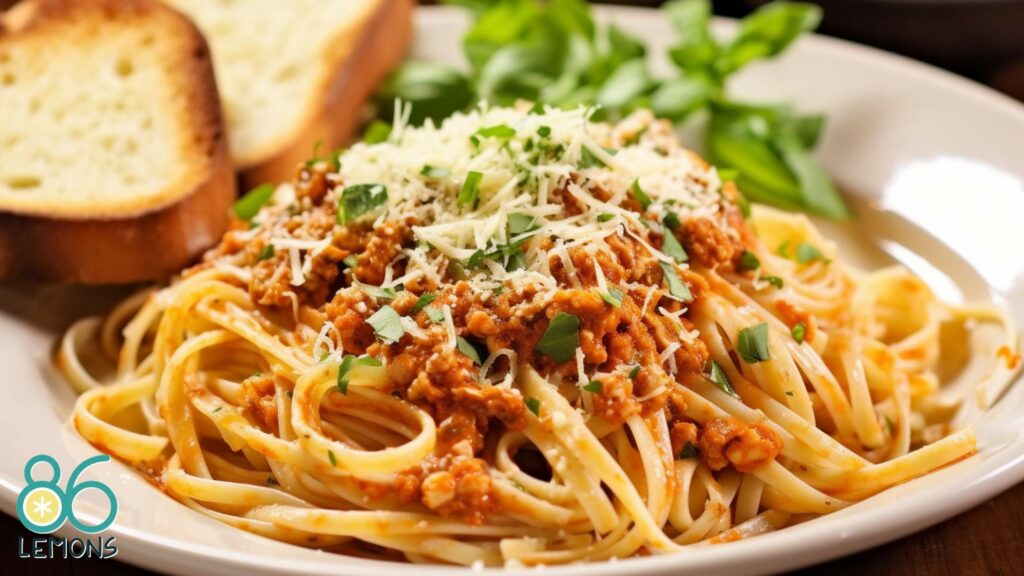
Your veggie pasta sauce is ready to take center stage. Here, you’ll discover the best ways to serve it up and what to pair it with for a meal that sings.
Accompaniments
Add garlic bread to elevate your pasta dish—it’s perfect for mopping up any leftover sauce. A crisp salad in a simple vinaigrette works wonders for a lighter touch. It’s a balance that will satisfy your craving for something hearty while keeping things nutritious.
Pairing with Pasta Types
Your favorite pasta can shape the entire meal. Spaghetti is a classic choice that holds sauce beautifully. For a low-carb option, veggie pasta noodles are an excellent pick.
They’ll carry that delicious veggie sauce without weighing you down. For a comforting, oven-baked dish, layer your sauce between pasta sheets for vegan lasagna that will impress.
Garnishing for Flavor and Presentation
Never underestimate the power of garnish. A sprinkle of fresh basil and black pepper adds flavor and color. Italian seasoning can amplify the herbaceous notes, while a generous dusting of Parmesan provides a nutty and salty finish—if you’re not strictly vegan.
For those who like a bit of heat, a pinch of red pepper flakes is the way to go. And there you have it, a plate that’s as appealing to the eyes as it is to the palate.
Storing and Reheating
When you’ve made a tasty veggie pasta sauce, knowing how to properly store and reheat it can keep the flavor and nutrition intact. Let’s dive into keeping your sauce tasting great for as long as possible.
Refrigeration and Freezing
To maintain your sauce’s freshness, refrigerate it in an airtight container. It’ll stay good for up to a week. For longer storage, freeze your sauce; it’s freezable for up to 3 months.
Ensure the sauce cools down before transferring it into freezer-safe bags or containers to prevent ice crystals and freezer burn, which could affect the consistency and taste.
Best Reheating Practices
When it’s time to enjoy your veggie pasta sauce again, you have a few options. For a quick fix, use the microwave, stirring occasionally to heat evenly.
If you’re reheating a larger batch, warm it on the stovetop over low heat to keep the seasonings and herbs fragrant. You might prefer the oven for dishes like pasta bake, which can add a delightful crispiness to the top layer.
Sauce Longevity Guides
First off, avoid storing the sauce at room temperature, as it can spoil quickly. Always use clean utensils when scooping sauce out of the container to avoid contamination.
If you’ve added fresh herbs to your sauce, they might change color or texture slightly, but this won’t necessarily mean your sauce has gone bad. Stick to the sniff and taste test; if something seems off, play it safe.
